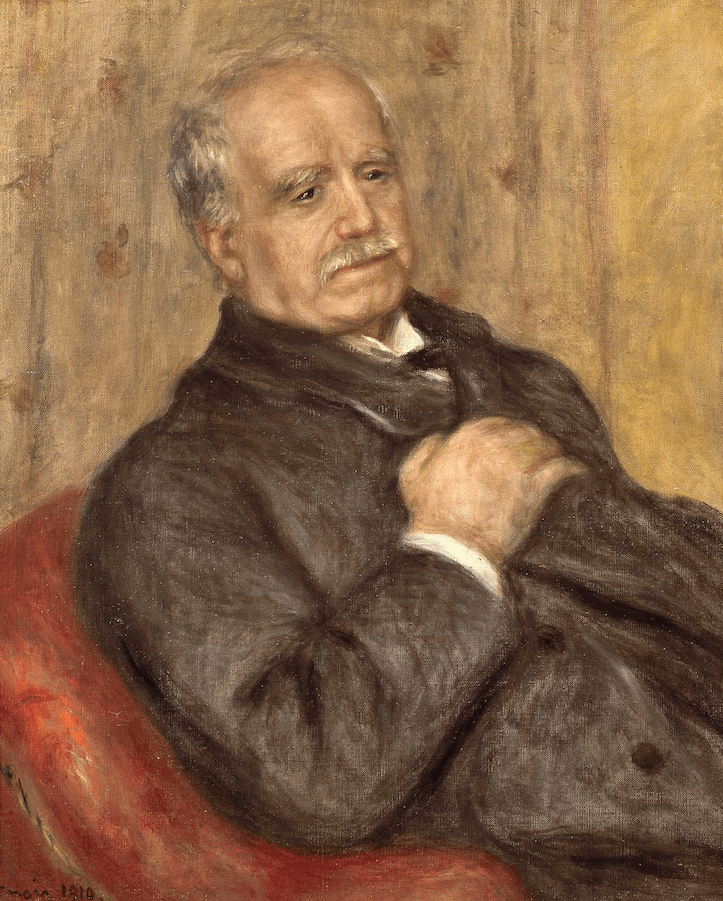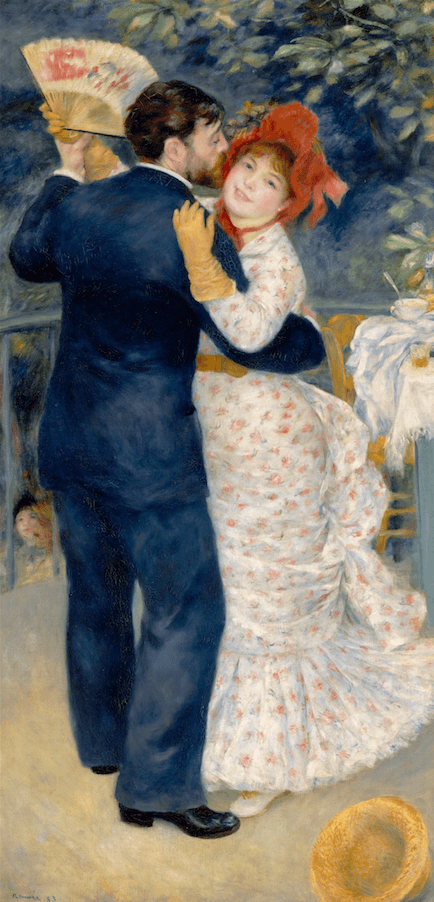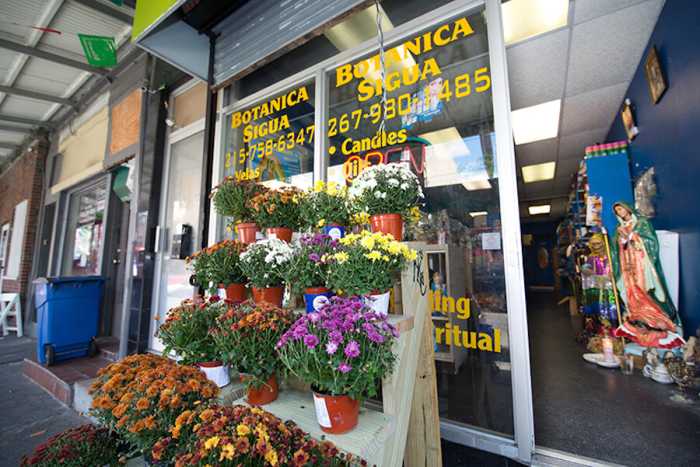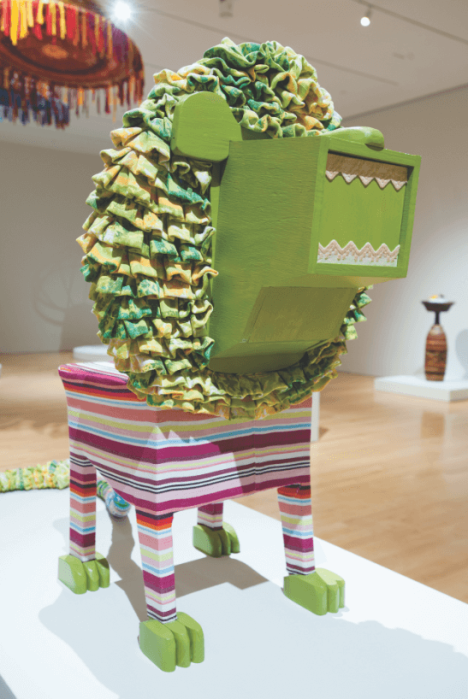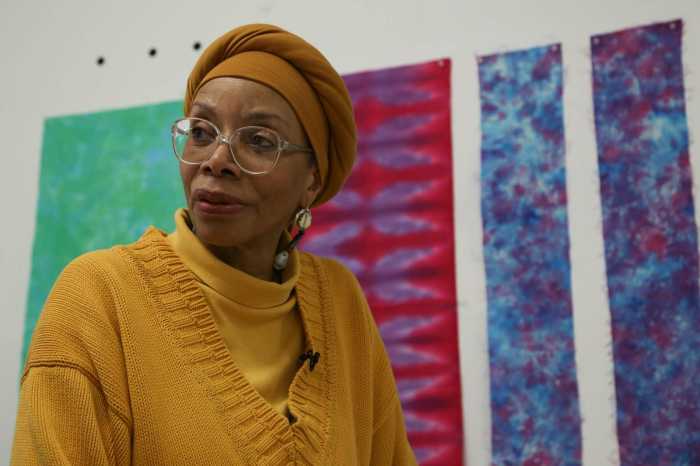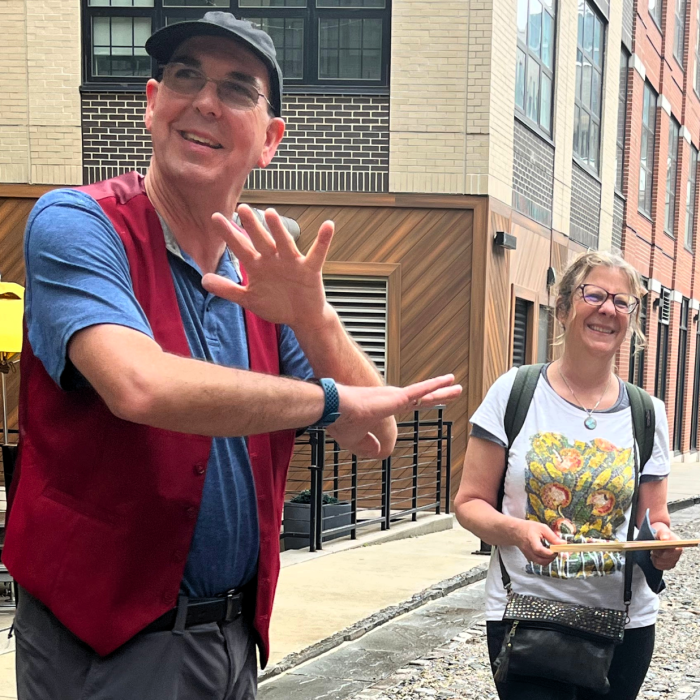Visitors to the Philadelphia Museum of Art this summer will doubtless be familiar with the artists whose work comprises the institution’s latest large-scale exhibition: Monet, Renoir, Degas, Pissarro and others. But they may not have heard the name that graces the title of this major exhibit of Impressionist art, that of Paul Durand-Ruel. “Discovering the Impressionists: Paul Durand-Ruel and the New Painting” takes a look at the well-known Impressionist movement through the figure of the man who helped to spread their fame throughout the world. “In the 1870s, Durand-Ruel was a well-known art dealer,” says curator Jennifer Thompson. “He initially aligned his name and reputation with the Impressionists, so it’s ironic that now, 140 years on, the artists are better known than the man who championed them.” “Discovering the Impressionists” is a collaboration between the PMA, the National Gallery in London, and Paris’ Musée d’Orsay, which Thompson says brings together three of the most important cities in the story of Durand-Ruel and the Impressionists. Durand-Ruel inherited his parents’ Paris gallery in 1865, but decamped to London in the early 1870s to escape the Franco-Prussian War. It was there that he met many of the young artists who would come to form the Impressionist school, including Claude Monet and Camille Pissarro. His first successes in selling their work came in America, specifically through collectors in Philadelphia. “Durand-Ruel realized that the Impressionists’ paintings held extraordinary appeal for their colors and for the scenes of outdoor life that they were showing,” Thompson says. “They were also very appealing to be hung in people’s houses. These weren’t dark religious subjects — they were beautiful landscapes.” The bigger picture
“Discovering the Impressionists” gives an overview of Durand-Ruel’s 50-year career through almost 100 paintings and sculptures. In addition to bringing the Impressionists’ work to public attention, the gallery owner was also important in the changes he brought to the art world, such as organizing solo artist shows rather than just the usual group exhibitions. “Discovering the Impressionists” will recreate several key exhibitions, including a Monet solo show that Durand-Ruel organized in 1892. In a sense, this exhibit takes the reverse route, breaking with usual museum protocol to provide a unique overview of a specific moment in art history. “Increasingly, museums organize exhibitions around one artist,” Thompson points out. “What’s interesting here is to see the artists together and in dialogue with one another, offering a broader sense of what they were doing with painting.” If you go
“Discovering the Impressionists: Paul Durand-Ruel and the New Painting”
June 24-Sept 13
Philadelphia Museum of Art
26th Street & Ben Franklin Pkwy.
215-763-8100
www.philamuseum.org




